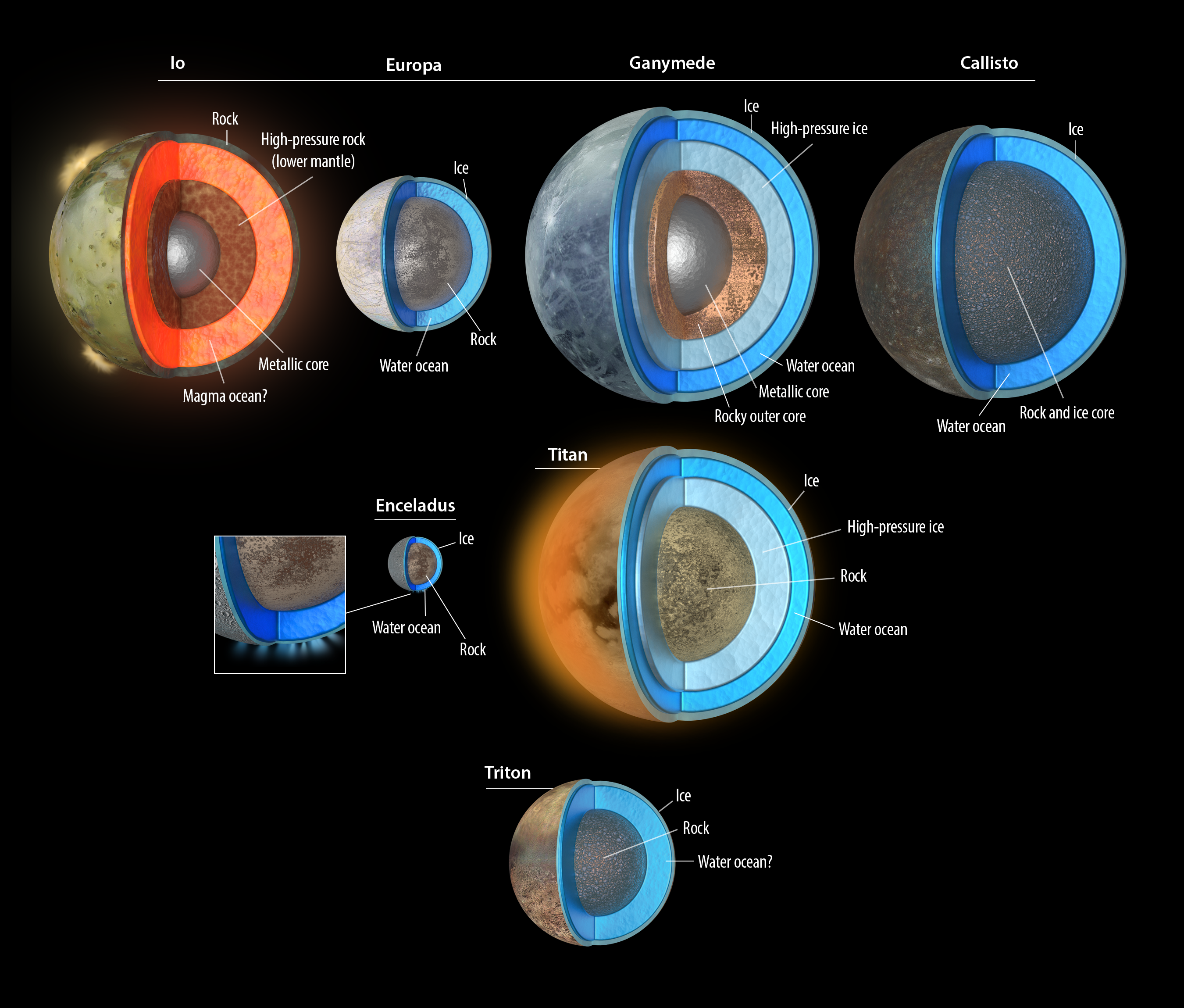

Of known satellites, Triton is the most likely icy satellite to have ocean tidal heating play a role in its present day thermal budget and long-term thermal evolution. Although uncertainties such as ocean thickness and satellite obliquity remain, we find that for most satellites it is unlikely that ocean tidal dissipation is important when compared to either radiogenic or solid-body tidal heating. Using these novel scalings, we calculate the ocean contribution to the overall thermal energy budgets for many of the outer Solar System satellites. Our approach is appropriate for situations in which the ocean bottom topography is much smaller than the ocean thickness. In addition, we provide new scaling relations appropriate for the inclusion of ocean tidal heating in thermal–orbital evolution models. From numerical solutions to the shallow-water equations including nonlinear bottom drag, we obtain scalings for the equivalent value of Q as a function of this drag coefficient. To address this issue we adopt an approach employed in terrestrial ocean modeling, where a significant portion of tidal dissipation arises due to bottom drag, with the drag coefficient O (0.001) being relatively well-established. The corresponding tidal dissipation spans orders of magnitude depending on the value of Q assumed. A critical unknown in this previous work is what the tidal quality factor, Q, of such an ocean should be. 36, doi:10.1029/2009GL038300) suggested that obliquity tides could drive large-scale flow in the oceans of Europa and Enceladus, leading to significant heating. Theoretical models should include the role of tidal heating, which is large but time-varying.Abstract: Tidal heating plays a significant role in the evolution of many satellites in the outer Solar System however, it is unclear whether tidal dissipation in a global liquid ocean can represent a significant additional heat source. Our models also show that GJ 876d may have experienced tremendous heating and is probably not a solid, rocky planet. Several planets are discussed, including, for example, HD 209458b, which may have undergone substantial tidal heating during the past billion years, perhaps enough to explain its large measured radius. Here we compute the plausible heating histories for several planets with measured radii, using the same tidal parameters for the star and planet that have been shown to reconcile the eccentricity distribution of close-in planets with other extrasolar planets. Typically, tidal heating increases as a planet moves inward toward its star and then decreases as its orbit circularizes. The tidal heating history of each planet may have contributed significantly to the thermal budget governing the planet's physical properties, including its radius, which in many cases may be measured by observing transit events. Tides probably dominated their orbital evolution once the dust and gas cleared away, and as the orbits evolved there was substantial tidal heating within the planets. Extrasolar planets close to their host stars have likely undergone significant tidal evolution since the time of their formation.


 0 kommentar(er)
0 kommentar(er)
